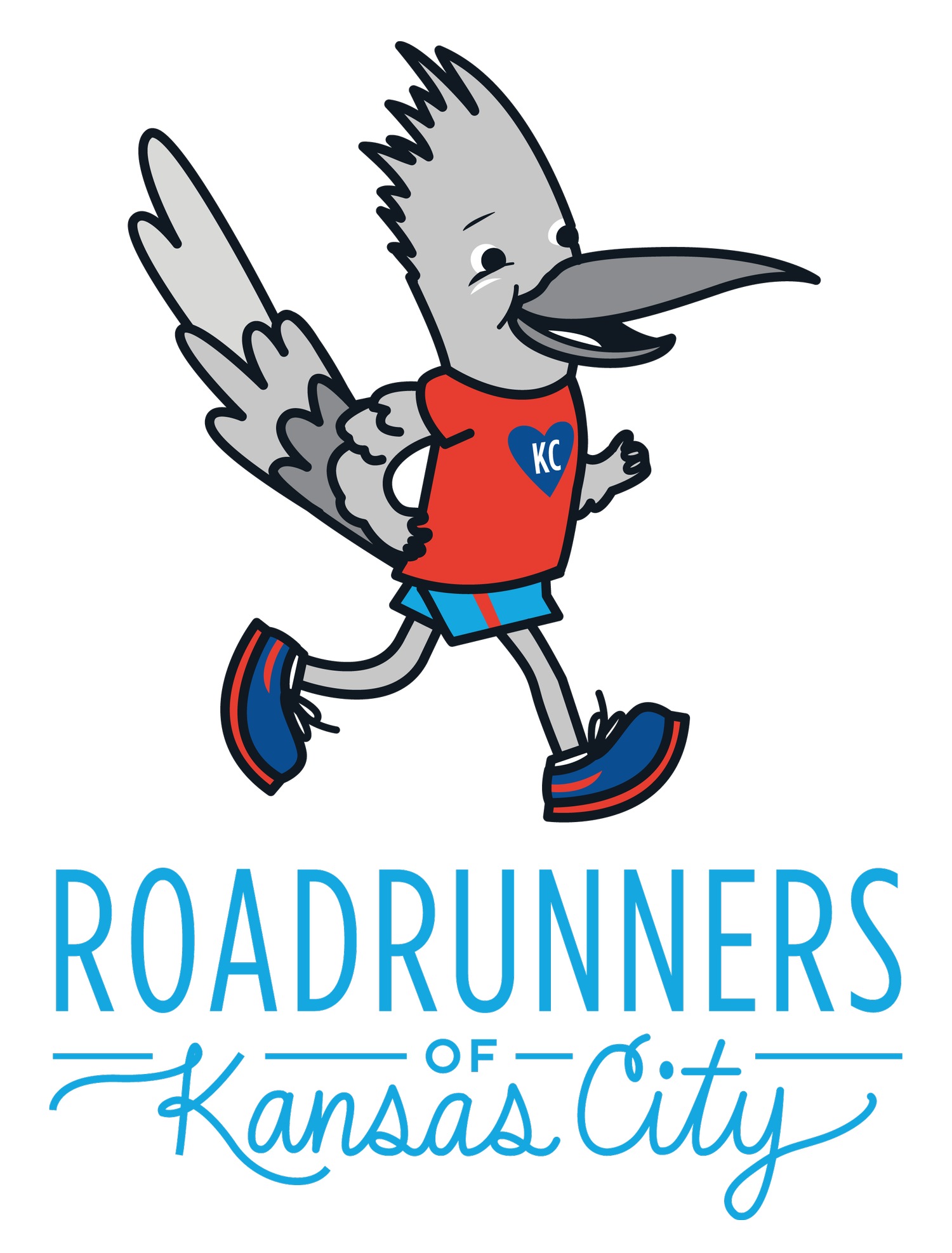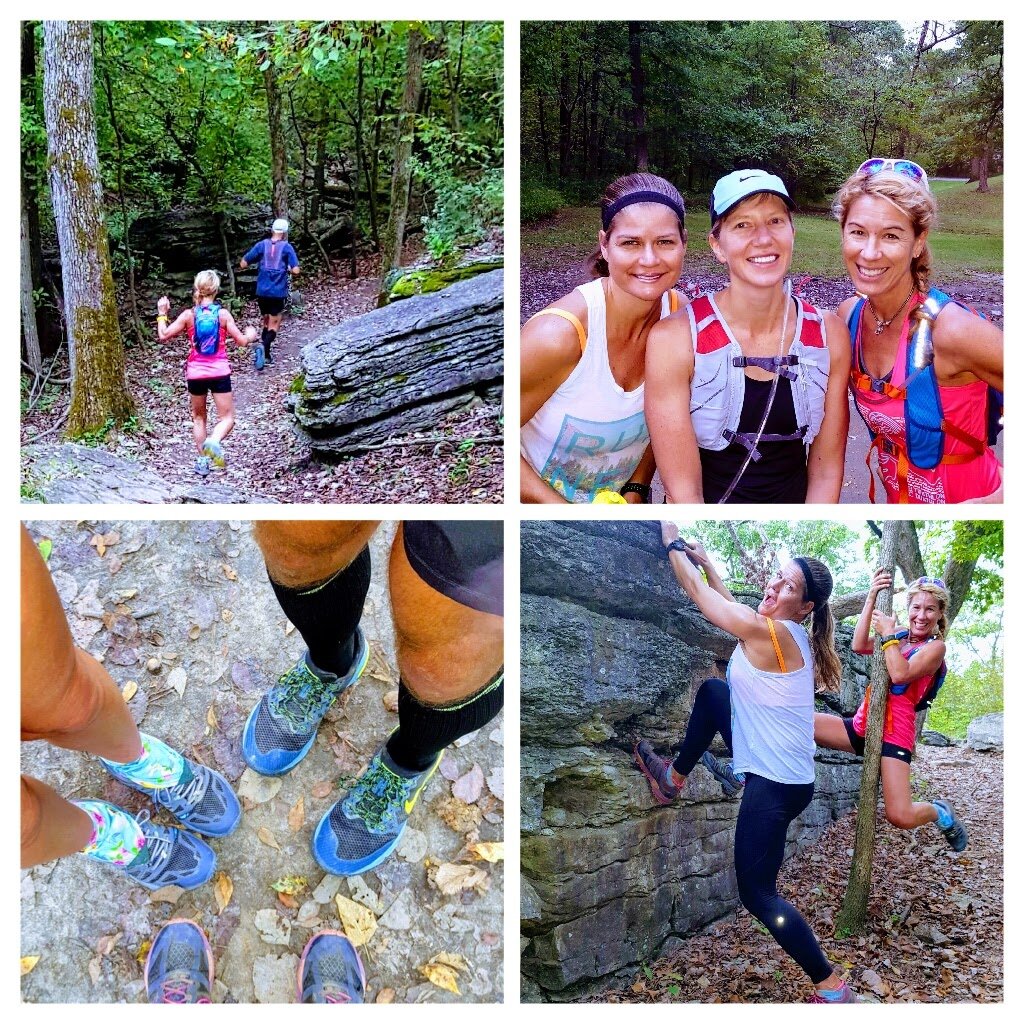The Unexpected Benefits of Trail Running
/Trail runners are the snowboarders of the long-distance running world. I first encountered trail runners in the physical therapy clinic. Interestingly, they were being treated for injuries unrelated to running. As a group, I found them laid back with an anything-goes attitude. They were the polar opposite of most road runners I hang with, myself included, who tend to be a bit more intense and focused on pace, personal records, and speed work. Trail runners are competitive, but they exude a chill vibe.
It wasn’t until my first trail run that I began to understand why.
“Trail running frees the inner child into nature’s playground.”
Several years ago, burn-out from running on pavement, I decided to check out this trail running utopia with a few road-running friends. We chose a moderately technical trail, and none of us knew what we were doing. I had my fancy new trail shoes on, so what could go wrong? Plenty. We didn't carry enough water, and we got lost. But that didn't keep me from enjoying the trail run, both from the perspective of a road runner and a physical therapist.
Silver Falls Trail Marathon, Cascade Mountains in Oregon.
Benefits of Gait Variation
The physical therapist in me couldn’t help but notice that trail runners use a different run gait. They vary stride length and direction to dodge rocks and other obstacles and land with a light foot in anticipation of a shifting surface. The need to do so became evident to me the first time I caught my toe on a tree root and went sprawling along the forest floor. Not only is it refreshing and enjoyable to run with a changing gait, doing so can help prevent running injuries. I had put off trying trail running because I worried that, with unstable ankles, I’d injure myself. The results were just the opposite: trail running helped strengthen my ankles.
Road runners train and race on hard pavement and in one plane, straight forward with no extraneous movements. This is important for efficiently running from point A to point B as fast as possible. The drawback is that the musculoskeletal system is stressed the same way all the time, and overuse injuries often ensue. The soft surface and changing gait of trail running gives road runners a break. It also engages the core, foot, and ankle muscles and challenges agility and balance; key components of running efficiency, power, and injury prevention.
Moab Trail Marathon, Moab Utah.
Navigating Tricky Terrain
Navigating the terrain is tricky at first. On my first trail run, I expected a narrow dirt trail and maybe a few stretches of gravel or grass. Instead, it was covered in varying sizes of rocks (some quite large), tree roots, steep drop-offs and dewy, slippery leaves. My instinct was to look down at my feet, but I’ve learned it is better to gaze slightly ahead. The challenging terrain is half the fun for me, so much so that a year later, I ran the Moab Utah half trail marathon http://www.moabtrailmarathon.com/ with frigid Colorado river crossings, soft red sand, slick rock and chasms that if you fell, it would be your last.
Benefits of the Slower Pace of a Trail Run
The terrain of the trail, especially a technical one, forces a relatively slower running pace (about 10-20% slower than the road). The switch to running at a slower pace and slower heart rate can make it feel at first like running the trail isn’t as challenging to the cardiovascular system as the road. But I’ve discovered that one mile on the trail feels equivalent to about 3 miles on the road. Trails with steep elevations or at high altitudes can become so taxing that it necessitates hiking.
Here is a fascinating fact: trail running burns more calories! The varying terrain of the trail causes the engagement of more muscle groups and consequently burns about 10% more calories. Without the aid of a watch, I know when I am 40 min into a trail run because my stomach begins to growl.
Slowing down is critical for safety reasons, but it also allows you to take in the surroundings: the playful deer as they maneuver the terrain with enviable grace, the changing foliage at varying elevations as deciduous trees give way to berry-laden coniferous ones. At a higher vantage point, prairie grass fields become the sea as they move with the wind and reflect the sun. During the Silver Falls marathon in Oregon https://silverfallsmarathon.com/courses/#!/marathon, we ran over rocks and yellow oak leaves the size of our faces, under roaring waterfalls, through creeks, and on single track trails through emerald forests. At one point, I expected a bear to emerge from behind the moss-carpeted floor and tree trunks.
Blue River Trail, Missouri
After just one trail run, I was hooked on the slower pace, the beauty of nature, the constant adjustments to ever-changing terrain, and the lack of pollution. The many benefits of trail running, including improved heart rate, varied gate, and even those extra calories burning off, draw many runners to the trails, including me. Trails in the Kansas City area are beautiful and vary with the change in seasons. Unfortunately, with clay soil and erosion concerns, they are often closed in wet conditions, so I still run primarily on the road, but my heart now belongs to the trail, chill vibe and all.
Be sure to catch our next RRKC blog post, whether it’s from the trails or the roads! Subscribe today.






